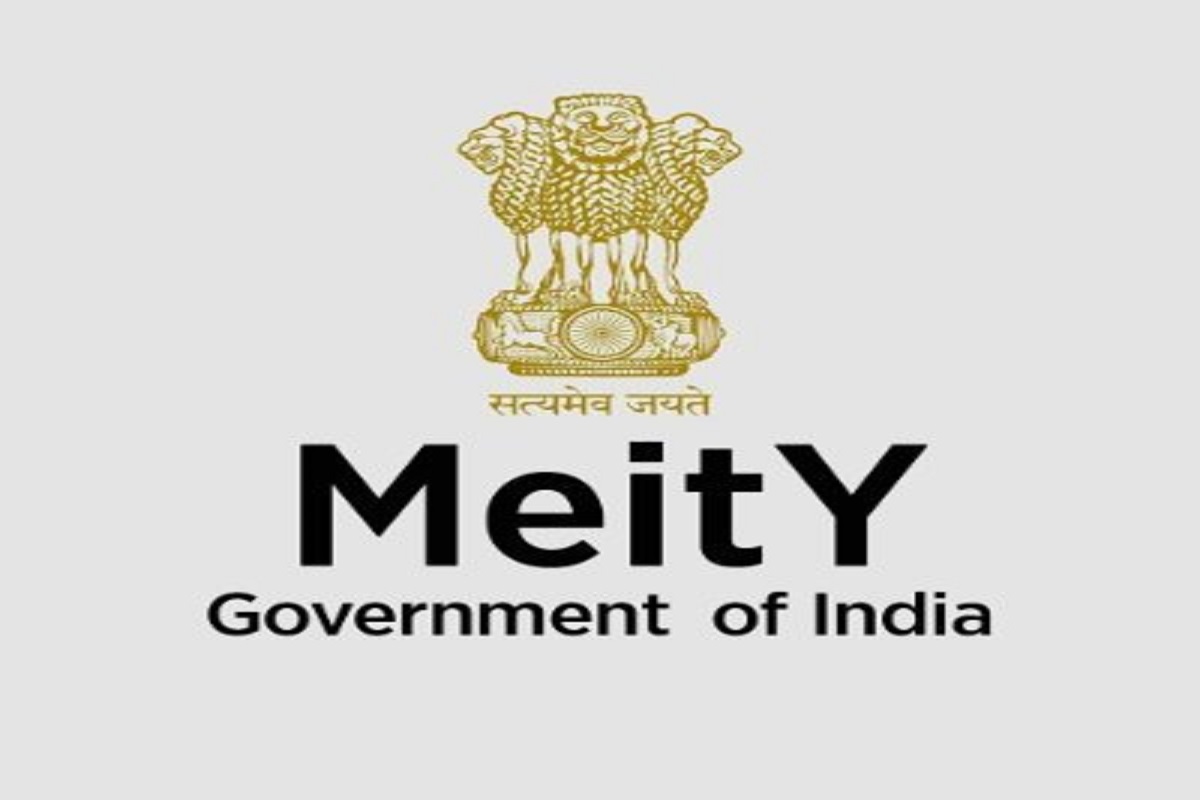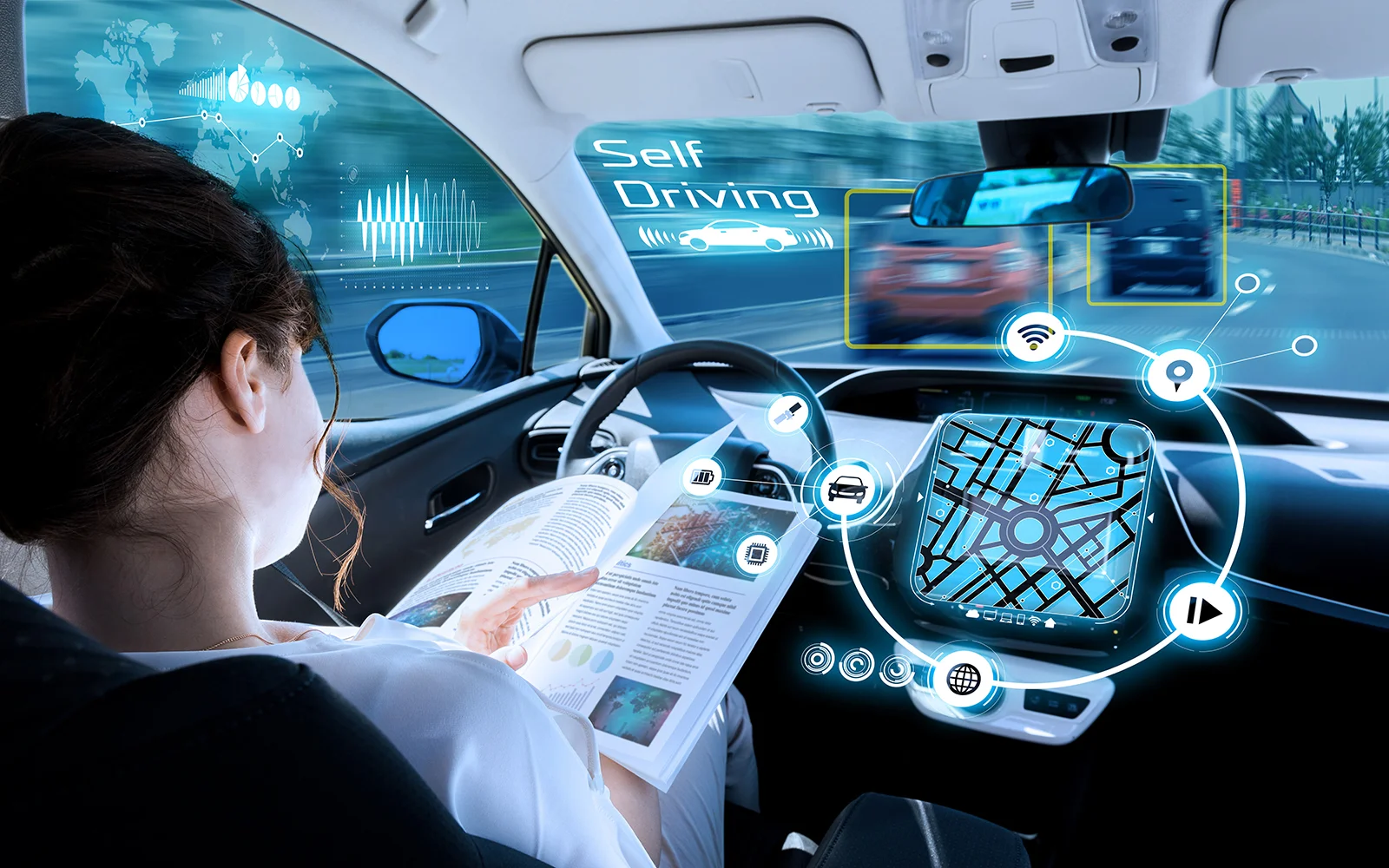The Digital India Act Will Limit Risky AI And Promote Startup Innovation
In order to protect users from harm, the Centre stated that the future Digital Indian Act (Dia) will strictly address false information and "high-risk AI.

Bill anticipated in June’s first week
To protect users from harm, the Centre stated that the impending Digital India Act (DIA) will firmly address false information and “high-risk AI.” The first draft of the Bill is anticipated by the first week of June.
Rajeev Chandrasekhar, the Union Minister of State for IT and Electronics, said during the second phase of pre-drafting public meetings with different stakeholders that the government would establish the necessary safeguards and that a section of DIA would deal with “high-risk and deep fake AI” in light of the growing threat of misinformation related to artificial intelligence.

Technology is advancing quickly, and artificial intelligence (AI) in particular has created many advantages and opportunities.
However, technology has also brought about new difficulties, such as risky and false artificial intelligence (AI) applications that can seriously endanger people and society.
As a result, the Indian administration is proactively addressing these issues through the impending Digital India Act. With the help of this legislation, high-risk and fraudulent AI will be controlled and stopped from proliferating, assuring the ethical and responsible development and use of AI technology.
They won’t govern AI, but we will establish barriers. There won’t be a distinct piece of legislation, but the DIA will have a section devoted to concerns posed by high-risk AI, the minister added
The Purpose of the Digital India Act
The Indian government is drafting the Digital India Act to lessen the dangers of dubious and high-risk AI.

Its main goal is to create a legal framework that supports ethical AI development, protects user rights, and guarantees accountability and transparency in AI applications.
The administration met with policy analysts and other stakeholders for the second round of discussions to write the much-awaited DIA, which is anticipated in the following two to three months the second round of discussions to write the much awaited DIA, which is anticipated in the following two to three months, the administration met with policy analysts and other stakeholders.
Meity and its Implementation
The Indian Ministry of Information Technology and Electronics (Meity) convened the initial phase of pre-drafting discussions with interested parties on the DIA in March.
These consultations aim to help India realize its goal of joining the elite group of countries that will determine the future of technology.

As part of the ongoing Digital India Dialogues, stakeholders are now speaking about a bill’s design, architecture, and objectives in the pre-introduction stage for the first time.
India wants to build a trillion-dollar digital sector and establish itself as a significant, reliable participant in worldwide chains of value for digital goods, services, platforms, and solutions. The bill being considered attempts to assist with these goals.
Since the Information Technology Act (IT Act) was created in 2000, the tech ecosystem in general, and the Internet, in particular, have changed significantly.
As a result, the new law must be adaptable, consistent with shifting market trends and technological disruption, and protect “digital nagriks” from user harm.
Recognizing High-Risk Artificial Intelligence
Systems or services that pose a high risk to people, communities, or society at large are referred to as high-risk AI.
Such AI systems could consist of questionably accurate facial recognition software, opaque decision-making algorithms, or autonomous vehicles lacking adequate safety features.

Strong controls are required to protect the public welfare because these applications have the potential to cause privacy violations, discrimination, false information, or physical injury.
A Threat from Fake AI
The creation and distribution of misleading or malicious AI-powered content, such as fakes, Intelligence-generated misinformation, or AI-driven cyberattacks, is referred to as fake AI.

Deepfakes, for example, make it difficult to distinguish between authentic and fake content since they permit the alteration of pictures, sounds, or videos.
False AI can be used to spread misinformation, damage reputations, sway public opinion, or compromise cybersecurity, posing serious risks to people’s safety and the confidence of society.
Summary
It is critical to weigh the advantages and disadvantages of AI as it develops and permeates more facets of society.
By establishing a thorough regulatory framework, the Digital India Act marks a big step in reducing the risk of and use of fraudulent and dangerous AI.
This legislation would support a responsible AI development environment, safeguard user rights, and ensure openness and accountability, all of which will improve India’s digital ecosystem by making it more secure and reliable.
Such proactive precautions will be essential as technology advances in maximizing AI’s promise and minimizing its potential harm.
Proofread & Published By Naveenika Chauhan




